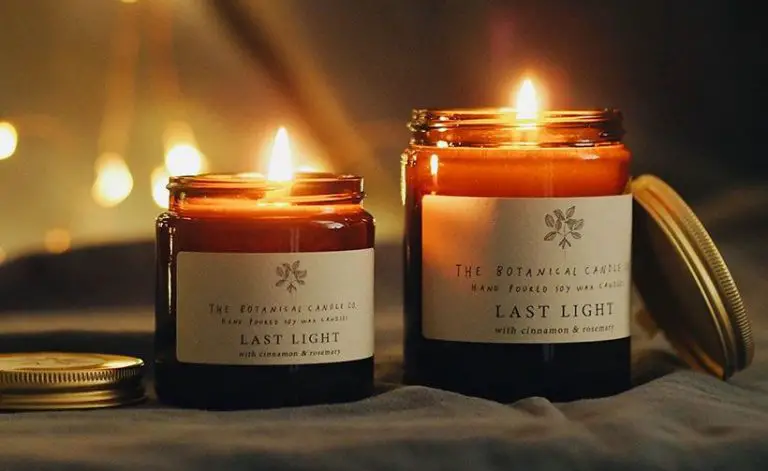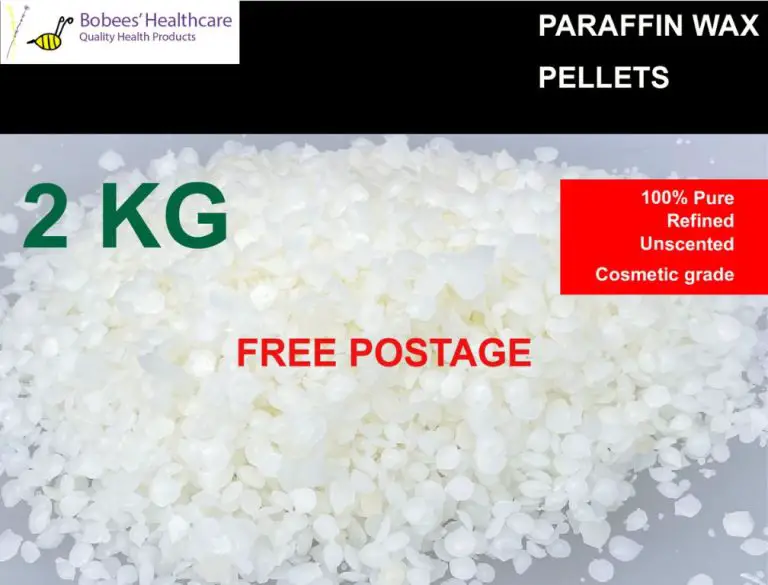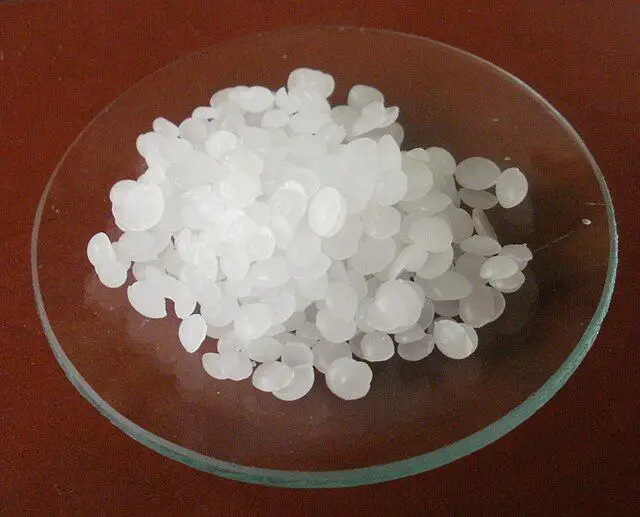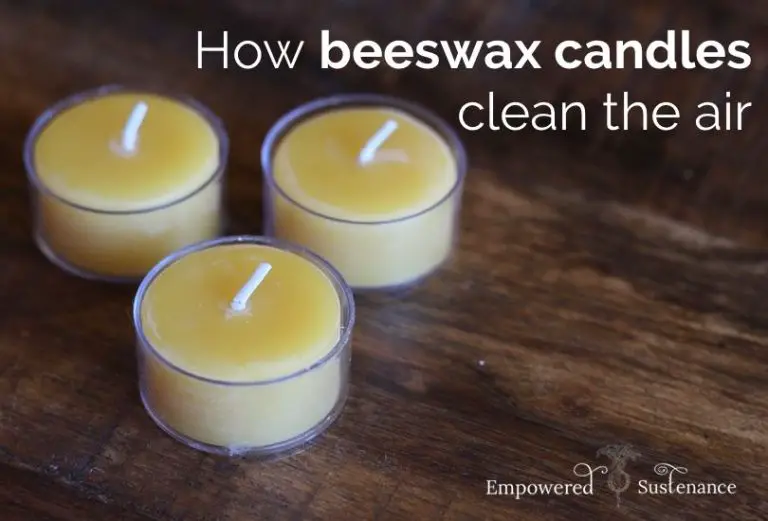How Much Fragrance Do You Add To A Pound Of Soy Wax?
The amount of fragrance oil to use when making soy wax candles is an important consideration. Using the right fragrance load will ensure your candle has an even, strong scent throw without the fragrance fading over time. This article will provide guidance on recommended fragrance usage rates for soy wax and discuss the factors that impact how much fragrance oil is needed.
When working with soy wax, there are a few key variables that determine the ideal fragrance load percentage. These include the type of soy wax, container size, room size where the candle will be burned, and personal scent preferences. Testing is always recommended to find the optimal fragrance amount for your specific candle. General guidelines provide a starting point, but tweaking the fragrance load will lead to the best results.
What is Soy Wax
Soy wax is a vegetable-based wax made from soybean oil. Unlike paraffin wax which is a petroleum byproduct, soy wax is made from a renewable resource.
Compared to paraffin wax, soy wax is more environmentally friendly since it comes from plants. Soy wax is also biodegradable and non-toxic. Many candle makers prefer using soy wax because it does not release harmful chemicals or black soot when burning like paraffin candles sometimes do (https://lonestarcandlesupply.com/soy-vs-paraffin/).
Soy wax has a lower melting point than paraffin, so soy candles burn cooler which helps preserve fragrance. The natural texture of soy wax allows for better fragrance adhesion as well. These properties make soy wax a popular choice for scented candles.
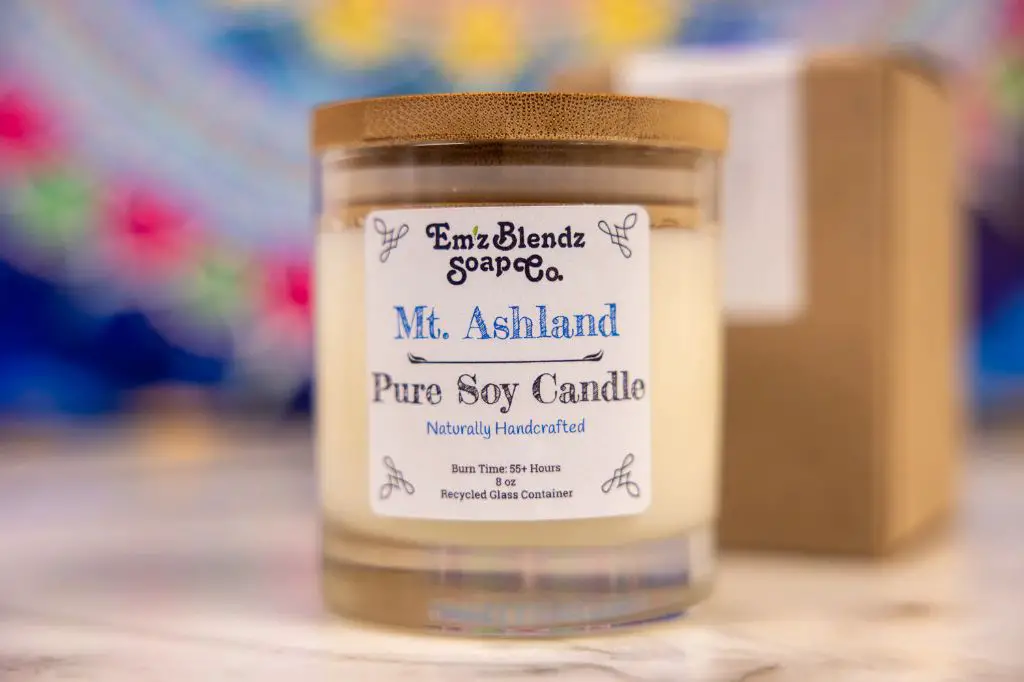
Benefits of Soy Wax
Soy wax offers several benefits that make it a popular choice for candle making. First, soy wax is a natural, renewable resource as it is made from soybeans. Soybeans can be replanted after harvest, so soy wax has a sustainable production cycle. Many consumers prefer soy candles because they are made from a renewable crop instead of petroleum-based paraffin wax.
Second, soy wax is biodegradable. It will break down through natural processes over time. Paraffin wax, on the other hand, is not biodegradable and persists in the environment. The biodegradable quality of soy wax makes it more eco-friendly.
Finally, soy wax candles have a cleaner burn than paraffin candles. They produce very little soot and burn longer. The lack of pollutants released into the air is another advantage of choosing soy wax over paraffin.
How Fragrance Works in Wax
Fragrance oils do not actually bind or mix with wax on a molecular level. Instead, the fragrance oil molecules get trapped within the wax crystals as the candle cools and hardens. When the candle is burned, the heat from the flame causes the wax to melt and the fragrance oil is released into the air through evaporation.
The evaporation process occurs in two stages. First, the heat from the flame vaporizes the fragrance oil molecules, turning them from a liquid into a gas. The gaseous fragrance molecules then rise through the melted wax until they reach the top of the candle where they are released into the air. This allows the aroma to fill the surrounding area with the intended scent.
The evaporation rate of fragrance from wax depends on factors like the candle’s burn temperature, wax type and fragrance load. But in general, an appropriately formulated candle will release fragrance steadily as the wax pool melts.
Factors Impacting Fragrance Load
There are several key factors that impact how much fragrance oil a candle can hold:
Wax Temperature – Fragrance oils bind best to wax that is slightly above its melting point. Adding fragrance at too high of a temperature can cause the fragrance to evaporate quickly. Most recommend adding fragrance at around 185°F for soy wax [1].
Wick Size – A larger wick promotes a hotter flame and quicker wax pool development. This increased heat can cause fragrance oils to be released faster than desired. Using an appropriately sized wick for your wax and vessel is important.[2]
Vessel Size and Shape – Candles with more surface area exposed to air will release fragrance faster. Vessels that are too large relative to the wax volume can cause poor scent throw. Optimizing vessel design helps maximize fragrance diffusion.
Fragrance Flash Point – Fragrances with a higher flash point are less volatile and will not evaporate as quickly from the wax. Choosing a fragrance with at least a 160°F flash point can improve scent throw.
Recommended Fragrance Loads
The recommended fragrance load for soy wax is typically between 6-8% of the total wax weight. This is considered the ideal range to achieve a strong scent throw without the fragrance oil seeping out of the wax.
For container candles, a fragrance load of 6-7% is recommended. Container candles have more surface area exposed to the air compared to pillars, so a lower fragrance percentage helps prevent the scent from being too overpowering.
With pillar candles, a slightly higher fragrance load of 7-8% can be used. Pillar candles release fragrance more slowly as there is less exposed surface area. The extra fragrance helps maintain scent throw over the pillar’s longer burn time.
Exceeding 8% fragrance load in soy wax can lead to fragrance seepage, sweating, and oiliness on the candle surface. It’s recommended to stay within the guidelines of 6-8% total wax weight for best results.
Testing Fragrance Load
Testing how much fragrance to use in your soy wax is crucial to get right before making a large batch of candles. Here are the key steps for testing fragrance load:
1. Prepare several small test batches of candles using your desired soy wax. Start with a test batch using the minimum recommended fragrance load for that wax, often 5-6%. Then make additional test batches, incrementally increasing the fragrance load each time by 1%, up to 10% fragrance.
2. Pour each fragrance load test batch into containers of the same size and shape you plan to use. This is important, as the wax pool size affects scent throw.
3. Allow the test candles to cure for at least 1-2 weeks before evaluating. This allows the fragrance to fully bind with the soy wax and the true scent throw to develop.
4. Evaluate the cold and hot scent throw of each test candle, burning them for at least 2 hours. The candle with the maximum throw without any scent fading is the optimal fragrance load.
5. Optimal fragrance load can vary based on the soy wax type, fragrance oil, candle vessel, and personal preference. Testing allows you to find the right balance for your specific candle.
Properly testing fragrance load takes time but ensures your soy candles will have the scent throw and performance you desire. Allowing the test candles to fully cure before evaluating is crucial for accuracy.
Avoiding Fragrance Fading
One of the most common issues when making soy candles is fragrance fading. This is when the scent becomes weak or disappears completely after the candle has been lit and burned. There are a few key things you can do to help avoid fragrance fading in your soy wax candles:
First, be sure to allow adequate cure time. Curing refers to allowing the candle to rest undisturbed for at least 1-2 weeks after pouring and cooling. This allows the fragrance oil to fully bind with the wax, resulting in less fading when burned. Rushing the cure can lead to a poor scent throw.1
Second, match the flash point of your fragrance oil to the melt point of the soy wax. The flash point is the temperature at which the fragrance oil will evaporate. If it is higher than the melt point of the wax, the fragrance may burn off too quickly. Selecting an oil with a flash point close to the wax temperature will allow for a more even fragrance release.
Testing different fragrance load percentages can also help maximize scent throw and retention in soy wax. Start with the recommended load rate and adjust up or down as needed. Proper testing will prevent adding more fragrance oil than the wax can hold.
Storing Candles with Fragrance
Properly storing finished candles is crucial for preserving fragrance strength and longevity. Light, heat, and humidity are three key factors that can impact fragrance retention when storing candles.
Candles should be stored in a cool, dark place away from direct light. Light can cause the fragrance oils in candles to deteriorate faster. A closed cabinet, drawer, or box makes an ideal storage spot. According to The Harlem Candle Company, temperatures above 80°F may soften wax and accelerate fragrance loss[1].
Consistent humidity levels between 40-60% are also important for candle storage. Too much humidity can cause wax to sweat or mold, while very dry air leads to fragrance evaporation. Storing candles with lids, in airtight containers or wrapping them can help regulate humidity exposure.
By keeping finished candles in a cool, dark place with moderate humidity, you can extend the lifespan of the fragrance. Proper storage is key for candles to retain their scent strength over time.
Conclusion
When adding fragrance to soy wax candles, the recommended usage is 6-8% of the total wax weight. This fragrance load will provide enough scent throw without adversely affecting the burn quality. Test batches with different fragrance loads to find the ideal amount for your specific wax and fragrance blend.
To prevent fragrance fading, store finished candles in a cool, dark place and away from direct light and heat. Wrap candles tightly after each burn to contain the fragrance. Cure soy candles for 24-48 hours before burning to allow the fragrance oil to fully bind with the wax.
For more tips on working with soy wax, check out these resources:
- The Soy Candle Making Guide at candlescience.com
- Troubleshooting Soy Candles at soapqueen.com
- Soy Wax Candle Making Forum at candlemakingforum.com


